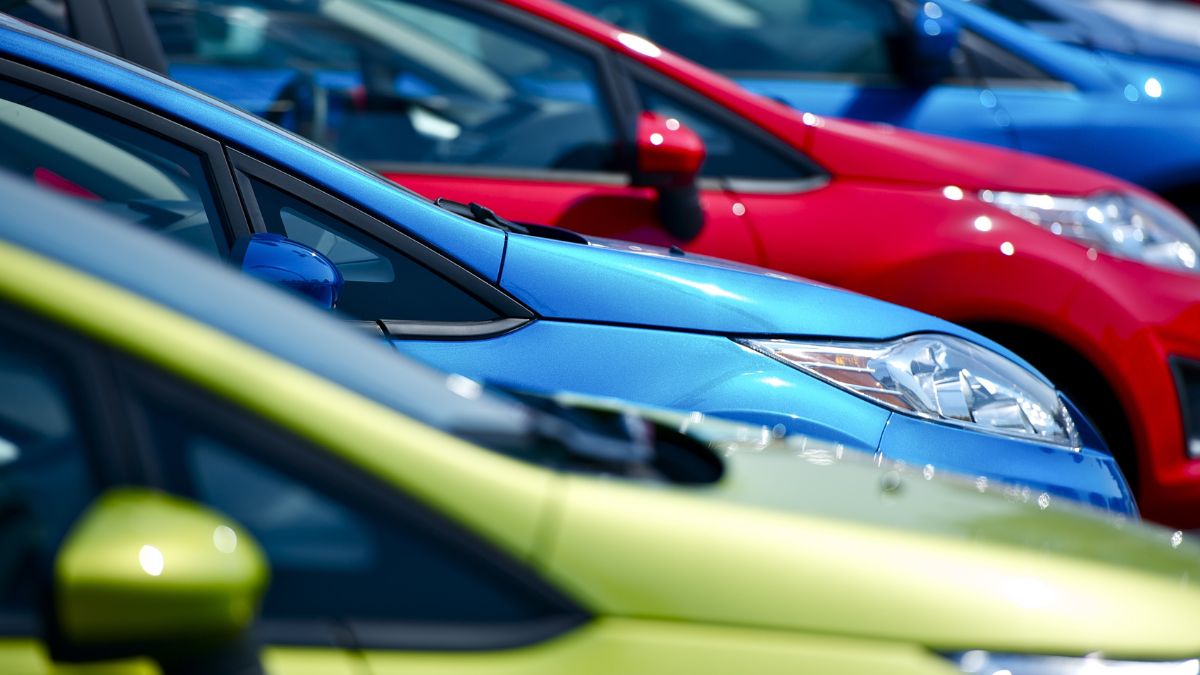
Why Kenyan Roads Are Losing Their Colour: The Rise of White, Black and Grey Cars
Remember when parking lots used to look like rainbow displays? A few years ago, spotting a car park felt like staring into a bowl of fruit salad—bright reds, bold blues, sunny yellows, and every colour in between. But take a look around now, and you’ll notice a striking shift. Today, most cars on Kenyan roads are painted in just three shades: white, silver-grey, or black.
So, what’s really behind this colourless takeover? Let’s break it down.
Who’s Choosing These Colours?
Here’s the thing—most of the cars we drive in Kenya aren’t brand-new. In fact, more than 90% of the vehicles entering Kenya are second-hand, mostly imported from Japan. This means that colour decisions are largely made by someone thousands of kilometres away, long before the car lands at Mombasa port.
While many car manufacturers do offer a wide range of colours, what we see on our roads is mostly what Japanese customers picked first.
Sunlight, Dirt, and Practical Choices
Now, let’s talk about Kenya’s climate. Being right on the equator means we get a lot of sunlight. A LOT. In such conditions, lighter-coloured vehicles—especially white and silver—reflect heat better, keeping the interiors cooler. On the other hand, black cars absorb more heat, turning into mobile ovens under the sun.
Dirt visibility is another factor. White and grey cars can disguise dust and light mud better than, say, a cherry red or bright blue car.
Is It All About Image?
While practicality does play a role, image and status are big drivers behind car colour choices. Let’s be honest: a black SUV with tinted windows just looks powerful, doesn’t it? It sends a certain message—especially among business people, politicians, or those wanting to project authority.
But there’s a downside. Black is the least practical colour under the hot Kenyan sun and shows scratches and dust more prominently. Still, for many, the image wins over function.
Myth Busting: Is Black or White Easier to Repair?
You might think that repairing a white or black car is easier when it comes to matching paint. But here’s the catch: even “simple” colours like white come in dozens of shades—chalk white, pearl white, off-white, etc.The good news? Modern technology makes colour matching highly precise. Computerized paint systems can now match the exact tone needed, making repairs almost invisible—regardless of the colour.
What Happened to Colourful Cars?
We still have colourful cars, sure. But even the few that break the black-and-white monotony tend to be subtle. Instead of neon greens or electric blues, we’re seeing more earthy tones like:
- Deep maroon
- Midnight blue
- Forest green
- Bronze and metallic beige
- Dark brown
The gaudy, flashy colours of the past have mostly disappeared. Today’s car colours are calmer, more refined, and more muted—possibly reflecting changes in taste, lifestyle, and even personality.
Fashion, Resale, and the Psychology of Colour
Colour trends also mirror global fashion cycles. Neutral tones are "in." And if you’re thinking of resale value, most people stick to colours that are easier to sell down the line. Rare or bold colours can reduce the resale market for your car.
There's also a psychological angle: People often choose colours based on personality. Want to blend in? Grey or silver. Want to be seen as bold and decisive? Go for black. Feeling relaxed and calm? White fits the bill.
Final Thoughts: Has the Colour Gone Out of Our Roads?
Kenya’s car parks may no longer look like colour festivals, but the shift to white, black, and grey is more than just a passing trend. It’s a mix of climate concerns, global car supply dynamics, personal image, and practicality.
While we might miss the vibrant visual diversity of the past, today’s muted tones reflect a new era of automotive tastes—sleek, sensible, and stylish in their own way.
Still dreaming of a red-hot convertible? Don’t worry, there's still room for colour on our roads—just not as much as there used to be.